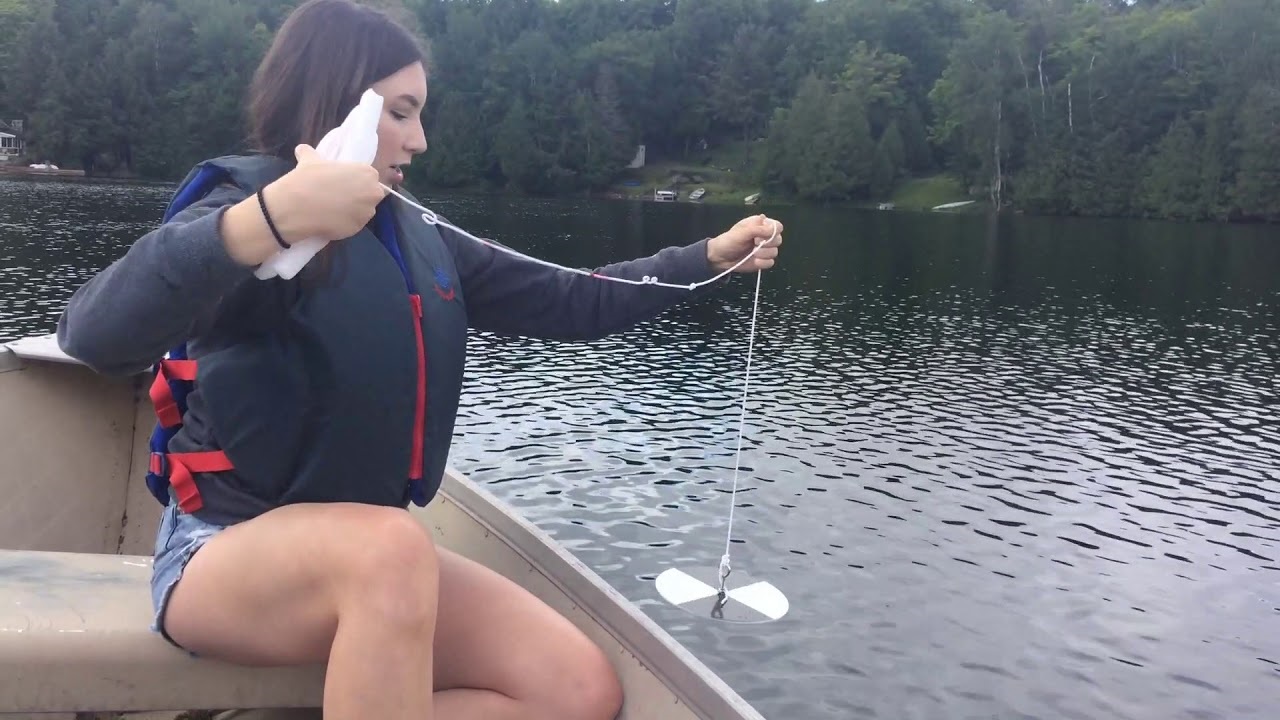Photo: courtesy of Water Rangers

Lake Partner Program
For many years, the Chandos Lake Property Owners Association has participated in the Lake Partner Program operated by the Dorset Environmental Science Centre (DESC), and the Ontario Ministry of the Environment, Conservation and Parks, in partnership with the Federation of Cottagers’ Associations (FOCA). The Lake Partner Program is a volunteer run program, which monitors water quality of Ontario’s inland lakes. It is the largest of its kind in Canada with over 600 volunteers participating annually. There are 500 in land lakes involved, with over 800 sample locations. The programs’ aim is to collect data and spread environmental awareness. A long-term continuous set of data is very valuable for tracking ecosystem changes. This data can later be used to influence decisions and policy changes.
The main water quality parameters that are tested are dissolved: phosphorous, oxygen and water clarity. The 2019 test results from the Lake Partner Program showed our total dissolved phosphorous levels to be at 8.8. This is consistent with our average. Phosphorus levels need to be careful measured, as too much can lead to harmful algal blooms and eutrophication. Also tested in the program, are total dissolved calcium levels. The 2019 reading for Chandos Lake was 22.6. This is slightly on the low end, but not by much. Calcium is very important for the development of invertebrates’ shells and exoskeletons. To see readings from past years visit https://desc.ca/programs/LPP
Water quality is another important parameter the Lake Partner Program and Love Chandos Lake Committee monitors. This is completed using a device known as a Secchi disk. It is a series of coloured disks, attached to a rope. To use it, you simply lower it down into the water, at the point which you can’t see it anymore is the amount of visibility in the water. This is relatively simple test, is very effective in terming water clarity. This test is completed in a few locations around the lake, a couple times over the summer. Once in the spring and once in the late summer. Water clarity is crucial to monitor, as sudden changes could indicate greater change in the overall lake. Here is a quick guide for making your own Secchi disk device


